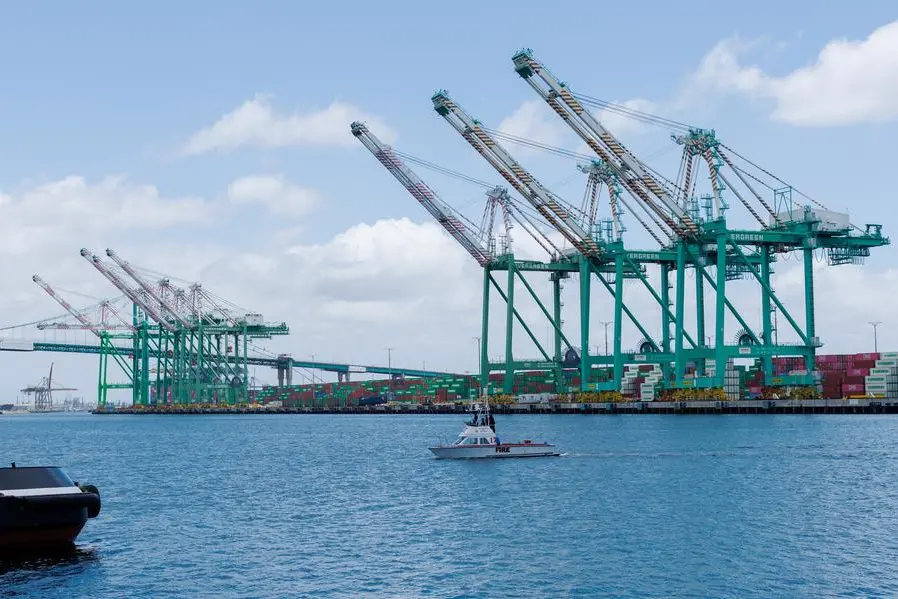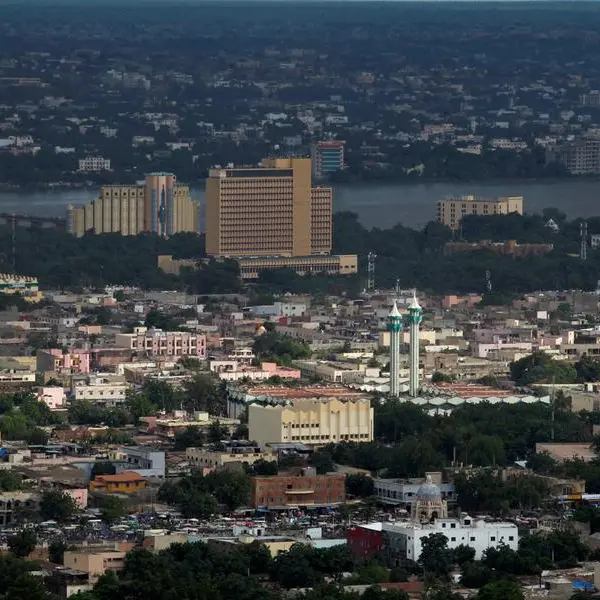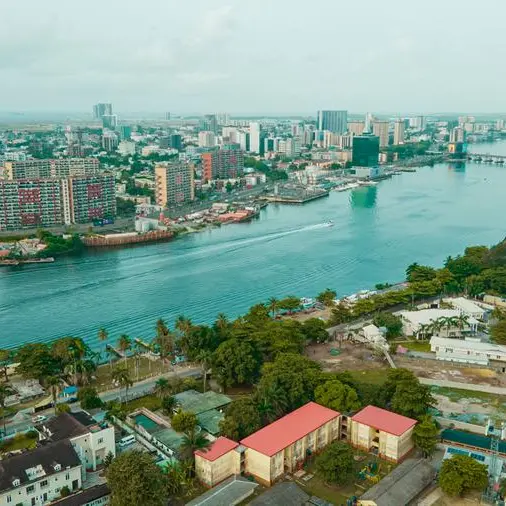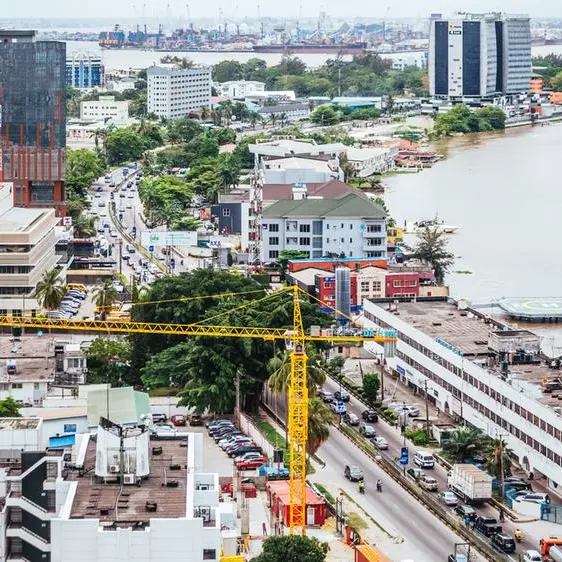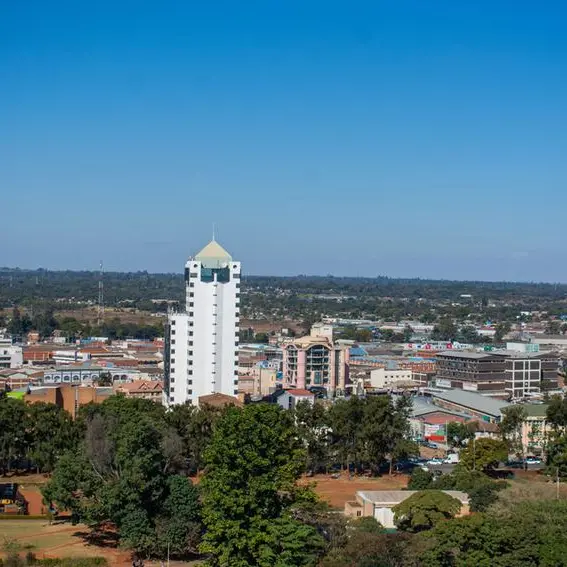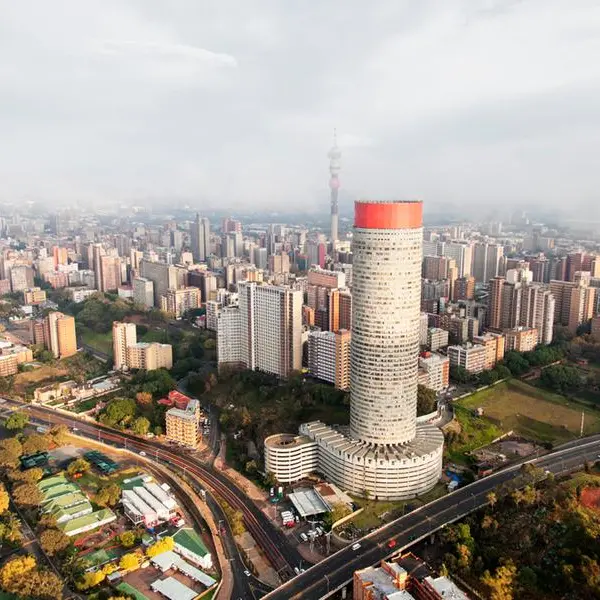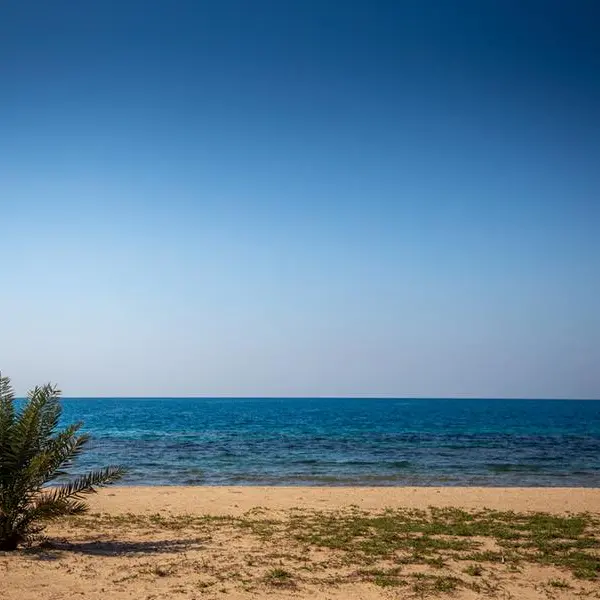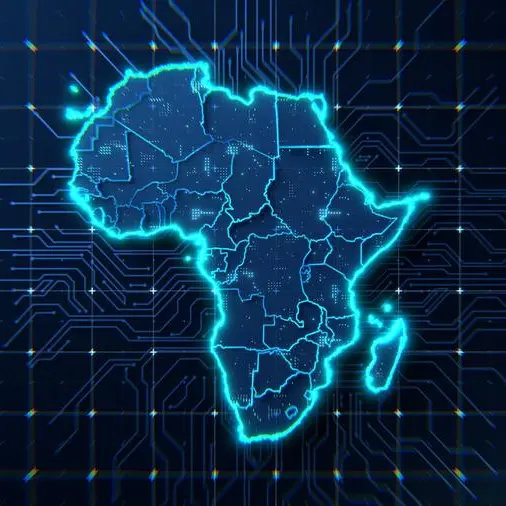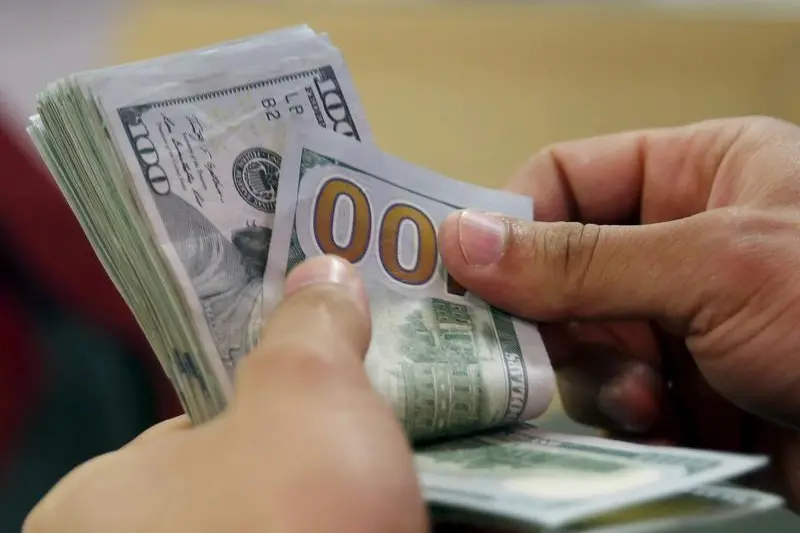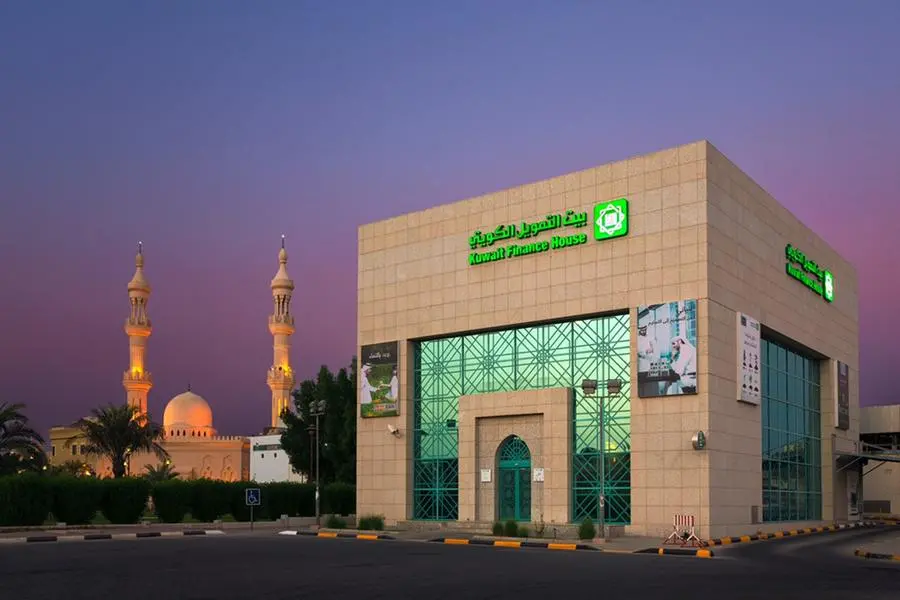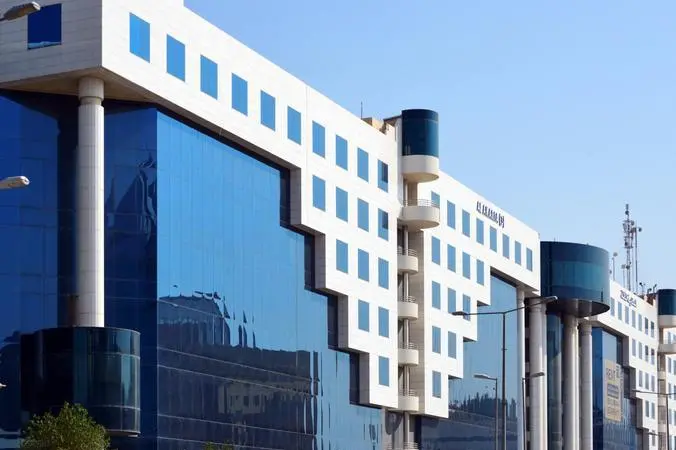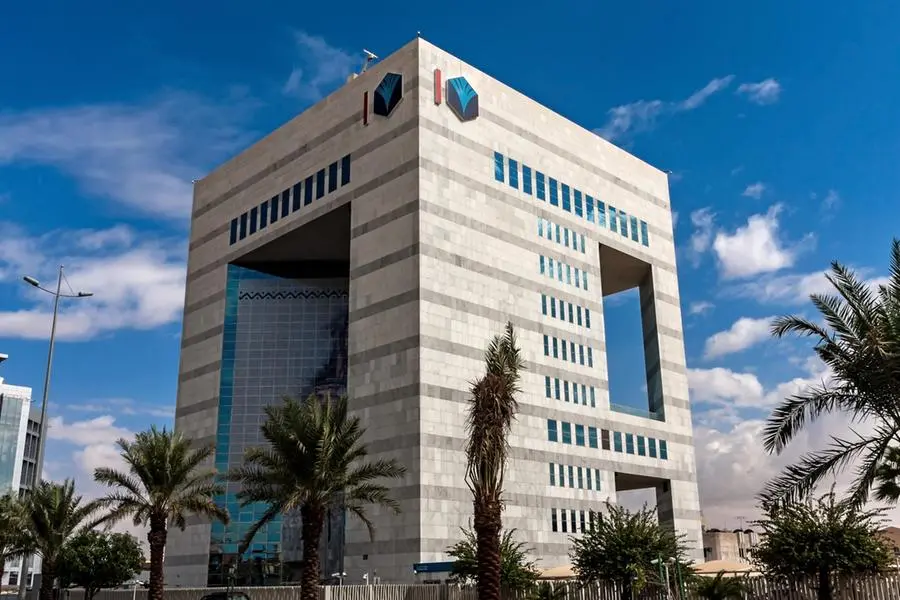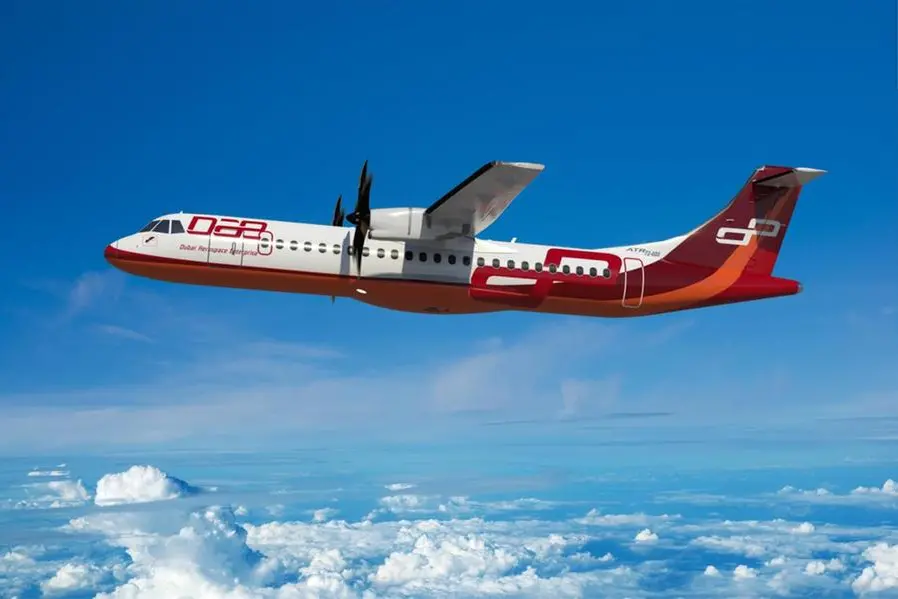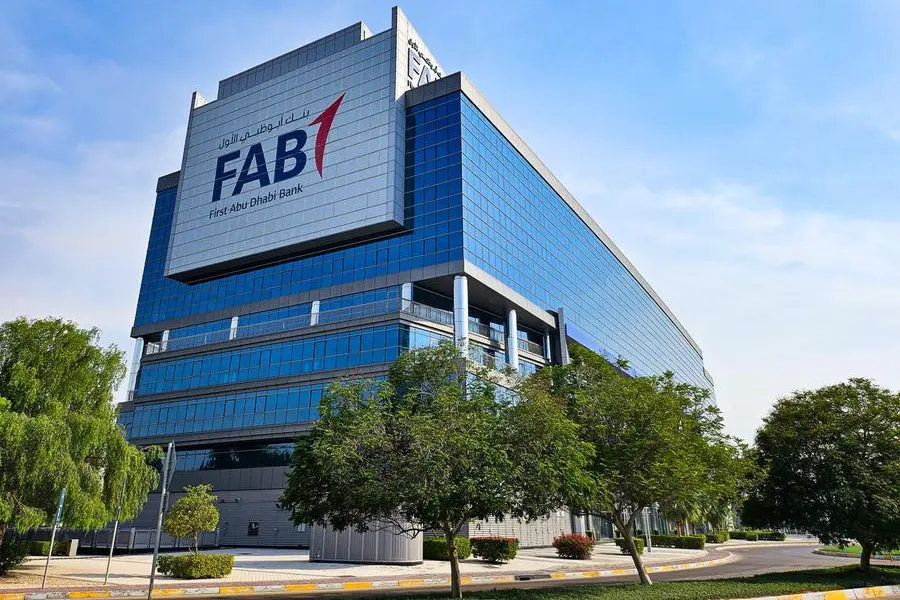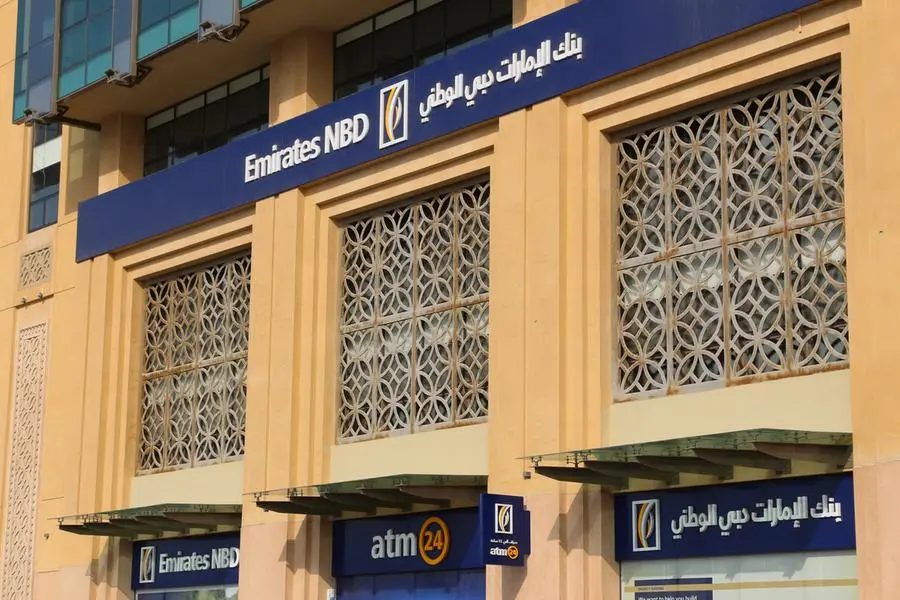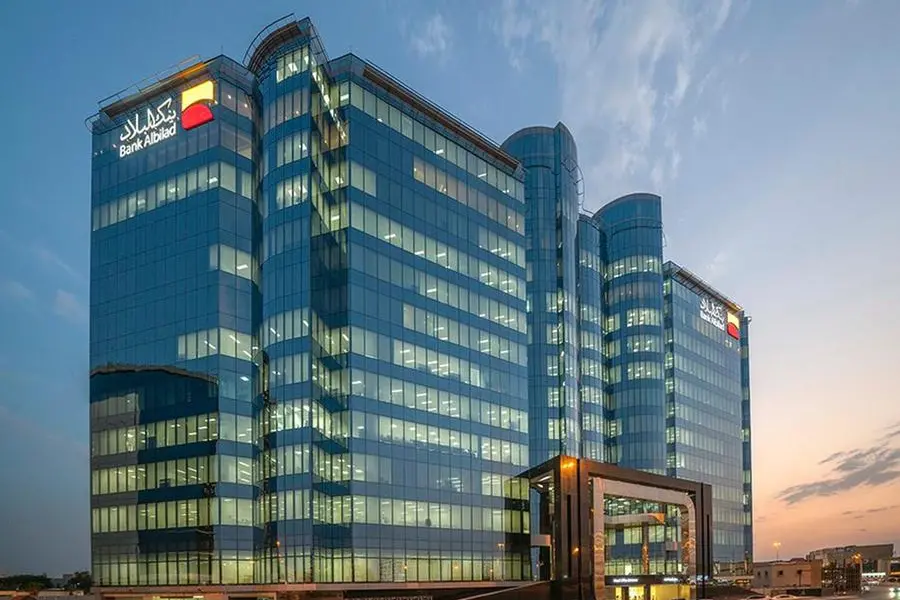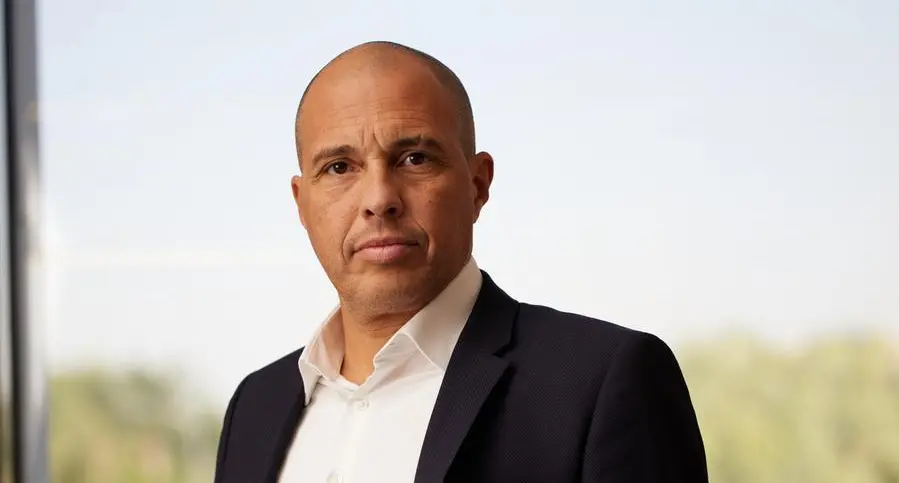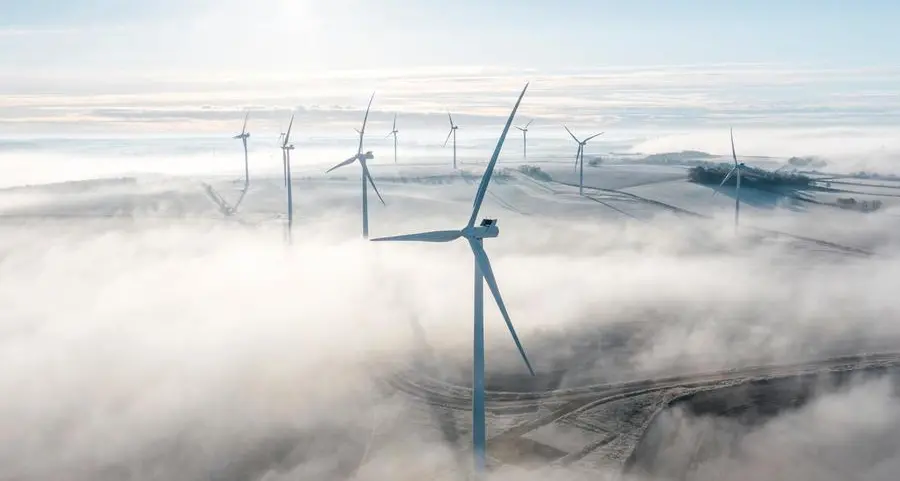PHOTO
The Common Market for Eastern and Southern Africa (Comesa) is mulling a unified approach towards US tariffs.
This comes as eight member states stare at trade challenges due to reciprocal tariffs instituted by US President Donald Trump on April 2 to address trade deficits and revive domestic manufacturing and industrial sectors.
In a policy statement released this week, Comesa is advocating a “variable cooperative game strategy,” which includes exploring alternative trade agreements, strengthening intra-regional trade, and boosting regional infrastructure investments.
In addition, Comesa is considering open negotiations and binding agreements with the European Union, China, Japan, India, the Middle East and other like-minded nations to open trade doors.
Comesa’s response comes ahead of Southern African Development Community (SADC) and the East African Community (EAC) who have planned trade ministers’ meetings later this month to respond to the tariffs.
The Comesa secretariat highlighted that while the US was not a primary trading partner for the region, these increased tariffs were poised to create significant supply and demand shocks across member states.“The resulting high production costs and consumer prices in the US will likely contract its economy and further depress demand for exports from Comesa countries. Key exports from Comesa, such as Kenyan textile products and Zambian copper, will face inflated prices on the US market, while the prices of essential capital goods from the US will rise,” said Comesa.“African countries should collectively engage the US government in making a strong case for a new trade preference for Africa. Just like Canada and Mexico were exempt from the reciprocal tariffs due to the US’s national interest, a similar case can be made for Africa in terms of market access and critical minerals supply chain security,” said Dr Chris Onyango, director - trade and customs at Comesa.
In Africa, 29 countries will face the “baseline” 10 percent tariff, while 22 other countries will face tariffs up to a whopping 50 percent for almost all their exports to the US.
However, this excludes a short list of products such as certain critical minerals, which Africa is endowed with, deemed necessary to the US economy.“At least 24 African countries are greatly endowed with mineral resources which account for over 75 percent of their export earnings. We can use this as our bargaining chip instead of each African country going on its own to Trump like the DRC did a few weeks ago,” said Dr Onyango.
Furthermore, Africa should work towards diversifying its production and export markets and expand market access by actively pursuing new trade partnerships including Brics, Gulf States, Mercosur region, Japan, South Korea, and India among others.
The EAC plans to hold a ministerial meeting later in the month over the tariffs.
Read: Pain of Trump’s tariffs on African economies“The 2025 US tariff regime poses a serious challenge to EAC export-driven development model, but it also forces a strategic reassessment that could yield long-term resilience,” said Veronica Nduva, Secretary General, EAC.“With U.
S. market access no longer guaranteed, EAC should develop industries for local and African markets. This includes reviving local textile production and policies like mitumba bans to support regional demand.”Both Comesa and SADC say the reciprocal tariffs imposed by the US nullify the benefits member states had under the African Growth and Opportunity Act (Agoa).
US-Africa trade has largely been shaped by the Agoa which granted preferential access at zero tariffs for thousands of products to the US market from qualifying African countries, reflecting their relatively lower development levels.
Estimates show that the combination of US tariffs and possible retaliatory tariffs could result in a global GDP decline of 0.43 percent, adversely affecting demand for Comesa exports, which heavily rely on extra-Comesa trade.“The new tariffs therefore signal a huge blow to Agoa, an exceptional trade policy many non-African countries had accepted at the World Trade Organisation. Ironically, Agoa was granted at the request of the US government,” Comesa said.“SADC would carry out a detailed assessment of the impact of the U.
S. measures on trade with the region. The assessment is expected to be reviewed by relevant ministers during the forthcoming meetings of the Committee of Ministers of Trade and the Ministerial Task Force on Regional Integration in June 2025,” SADC said in a statement.
Comesa’s share of exports and imports to the US ranged between three percent to four percent and four percent to five percent, respectively, during the years 2019 to 2023.
Estimates show that the combination of US tariffs and possible retaliatory tariffs could result in a global GDP decline of 0.43 percent, adversely affecting demand for Comesa exports, which heavily rely on extra-Comesa trade.“Nothing stops the Comesa bloc or indeed the wider Africa bloc under the AfCFTA and other regional Recs, from being active players in the on-going global tariff war through the variable cooperative strategy,” said Dr Chris Onyango, director - trade and customs at Comesa.
© Copyright 2022 Nation Media Group. All Rights Reserved. Provided by SyndiGate Media Inc. (Syndigate.info).
